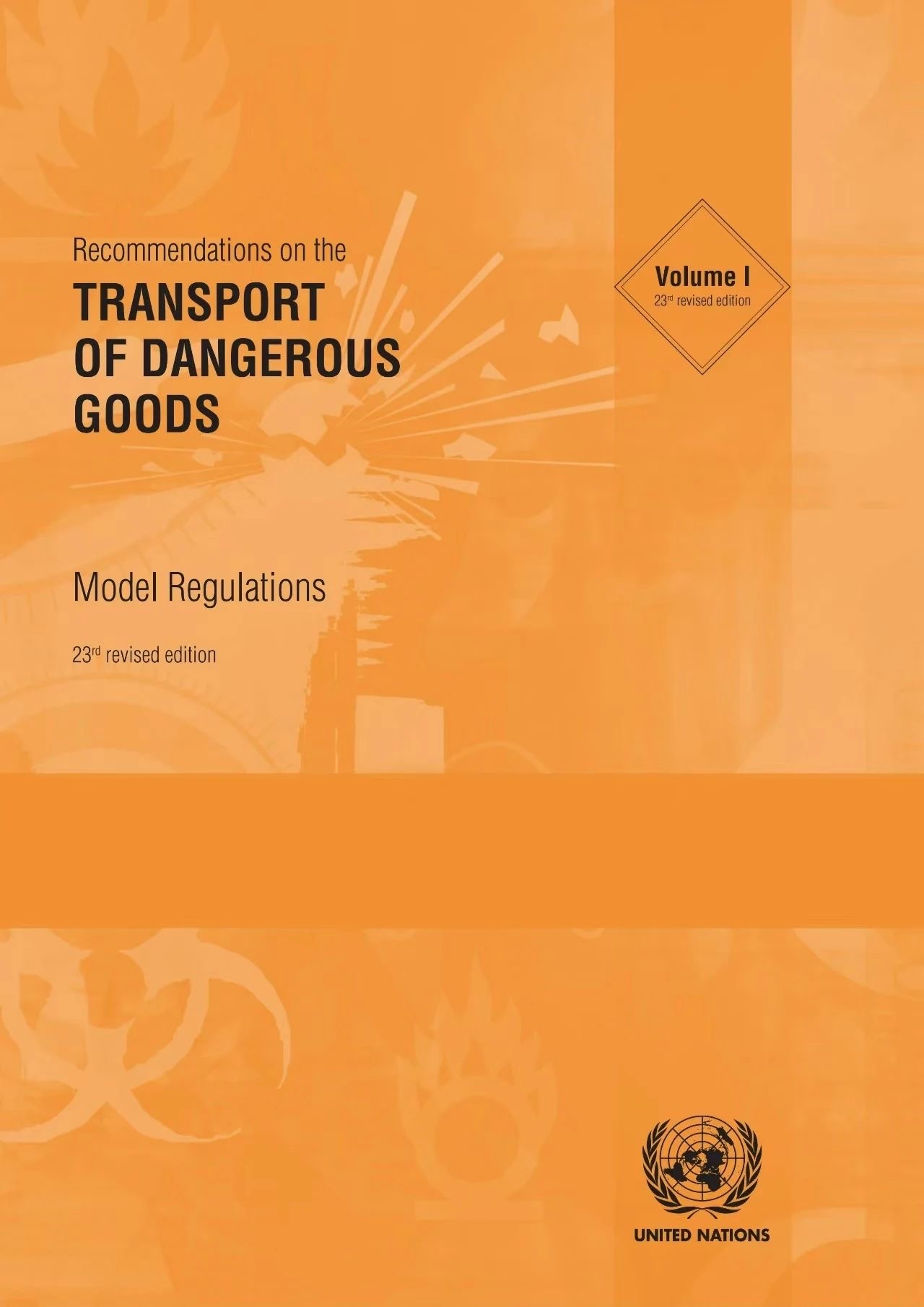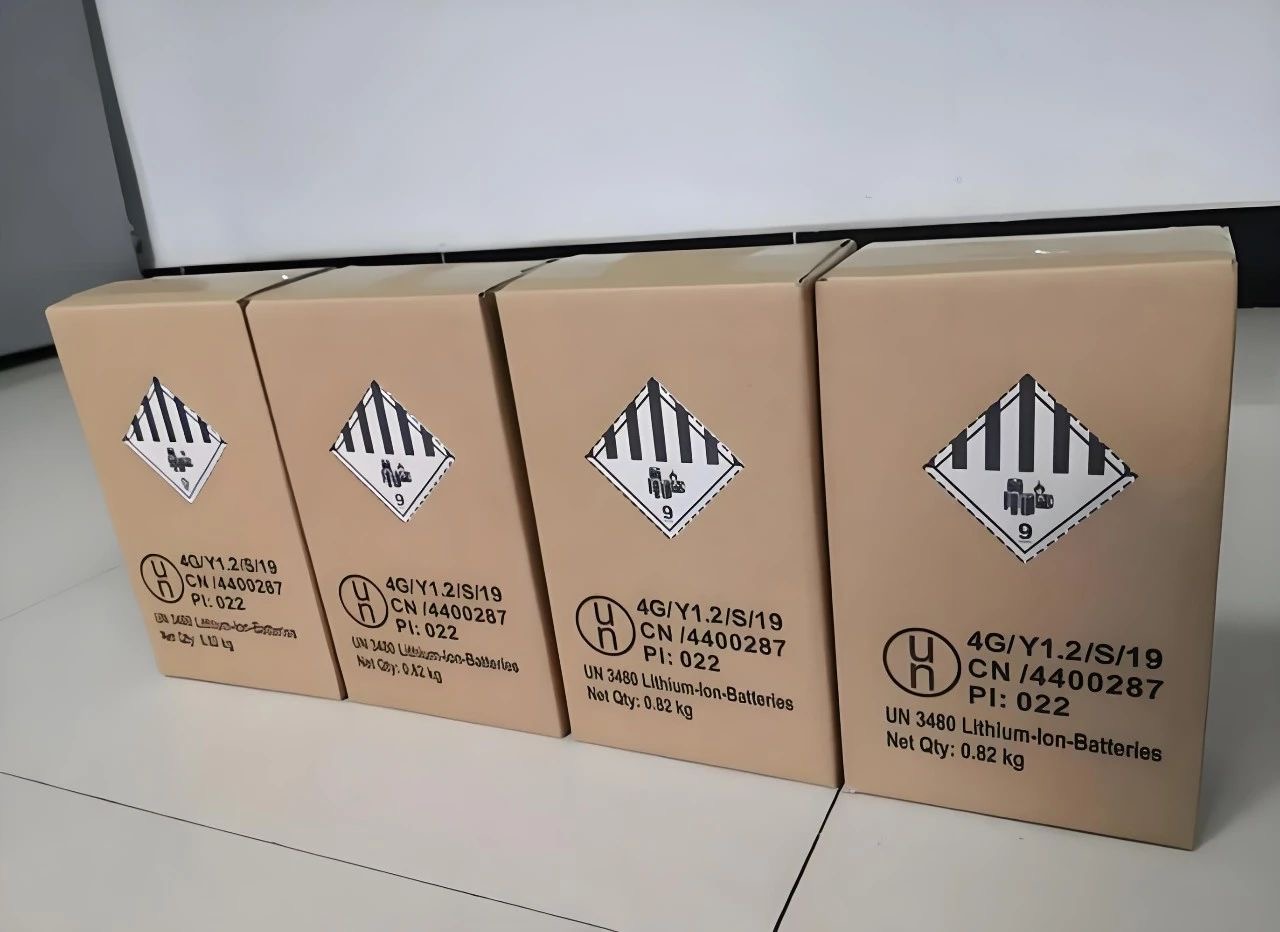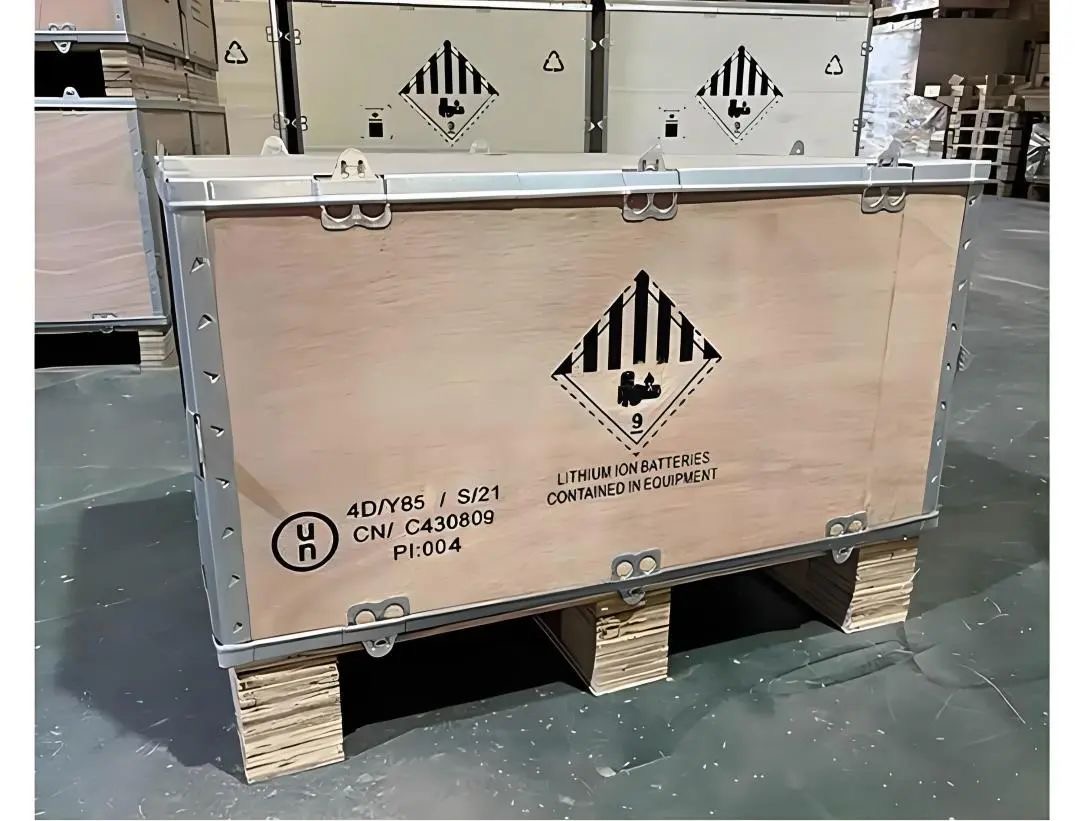The United Nations Recommendations on the Transport of Dangerous Goods-Model Regulations (TDG) classify lithium batteries (packs) into the following three categories and assign corresponding UN numbers according to their hazardous characteristics and transport forms.

1. Lithium batteries (packs) transported separately:
Lithium metal batteries (packs) (UN3090)
Lithium-ion batteries (packs) (UN3480)
2. Lithium batteries (packs) transported with the equipment:
Lithium metal batteries (packs) (UN3091)
Lithium-ion batteries (packs) (UN3481)
Both UN3091 and UN3481 are divided into two forms: batteries (packs) contained in equipment or batteries (packs) packaged with equipment.
3. Battery-powered vehicles or self-propelled devices (UN3171), such as bicycles, cars, balance bikes, etc. powered by lithium batteries (packs).
(Tips: According to the revision of Edition 42-24 of the International Maritime Dangerous Goods Code (IMDG Code), new energy vehicles have added UN3556, UN3557 and UN3558 numbers. The new regulations will be implemented in 2025 and mandatory in 2026.)

I. Knowledge of Customs Supervision Basis
Recommendations on the Transport of Dangerous Goods-Model Regulations (TDG)
International Maritime Dangerous Goods Code (IMDG Code)
Technical Rules for the Safe Transport of Dangerous Goods by Air (ICAO-TI)
International Code for the Carriage of Dangerous Goods by Rail (RID)
Agreement concerning the International Carriage of Dangerous Goods by Road (ADR)
Law of the People's Republic of China on Import and Export Commodity Inspection
Rules for the Inspection of Packaging for Export Dangerous Goods (SN/T 0370 series), etc.
II. Detailed Explanation of Customs Supervision Requirements
Article 17 of the Law of the People's Republic of China on Import and Export Commodity Inspection stipulates that an enterprise manufacturing packaging for export dangerous goods must apply to the commodity inspection authorities for a test of the performance of such packaging. Enterprises producing dangerous goods for export must apply to the commodity inspection agency for usage certification of packaging containers. Dangerous goods packaged in containers that have not passed certification shall not be permitted for export.
III. Packaging Performance Inspection
The applicant for the packaging performance inspection of exported lithium batteries (packs) is the manufacturer of the packaging container. The customs implements code management for such enterprises. After the enterprise applies to the local customs and obtains the export dangerous goods packaging manufacturer code, the packaging containers produced by it for exporting lithium batteries (packs) can apply to the customs for packaging performance inspection. After passing the inspection, the customs will issue a "Result Sheet for Performance Inspection of Entry-Exit Goods Packaging", and its validity period is determined according to the nature of the packaging container material and the nature of the goods contained. Lithium battery (pack) packaging generally does not exceed 12 months from the date of packaging production.

IV. Packaging Use Identification
The applicant for the packaging and use appraisal of exported lithium batteries (packs) is the manufacturer of lithium batteries (packs). Enterprises need to complete a number of preparations before applying for use appraisal, including lithium batteries (packs) passing the UN38.3 test and using qualified packaging containers. The customs shall conduct on-site verification of the actual packaging of lithium batteries (packs) in accordance with international dangerous goods transportation regulations and relevant domestic standards. After confirming that they meet the requirements, it shall issue a Use Appraisal Results of Transport Packaging of Exit Dangerous Goods. Its validity period shall be calculated from the date of filling the dangerous goods. The validity period of the result sheet for use appraisal of lithium battery (pack) packaging is generally 12 months. If exported by air, the validity period is 3 months. The validity period of the identification result sheet cannot exceed the validity period of the corresponding performance inspection result sheet.

V. Precautions
1. UN38.3 test
In accordance with relevant international regulations, lithium batteries (packs) to be transported (UN3480, UN3481, UN3090, UN3091) shall pass the various tests required by Section 38.3 of Part III of the United Nations Manual of Tests and Criteria (referred to as UN38.3) before delivery (generally tested and reported by professional organizations).
2. Packaging of dangerous goods
Lithium batteries (packs) are often packaged in boxes for export. According to the TDG Packaging Guide P903 of the United Nations Recommendations on the Transport of Dangerous Goods-Model Regulations, batteries (packs) packed in packaging should be protected from damage caused by movement or position changes in the packaging. The packaging shall meet the performance level of packing category III. For batteries (packs) with a total mass of 12 kg or more and a strong, impact-resistant shell, a strong outer packaging, protective cover (such as a fully enclosed or wooden crate), pallets or other handling devices are required. The battery (pack) should be fixed to prevent accidental movement, and the electrode shall not bear the weight of other stacked items.
3. Exemptions
According to international regulations, some exported lithium batteries (packs) meet the requirements of Article 188 of the Special Provisions of the United Nations Recommendations on the Transport of Dangerous Goods-Model Regulations (TDG), are exempt from dangerous goods packaging requirements, and use "rectangular markings".
4. Signs/marking
International regulations require that lithium batteries (packs) must be packaged with clear, secure and correct UN numbers, UN marks and Class 9 dangerous goods signs or markings. The markings must be visible, legible and able to withstand open air exposure without significant reduction in effectiveness. Whether it is a lithium-ion battery (pack) or a battery (pack) contained in or packaged with the equipment, the watt-hour ratio must be marked on the outside of the container.
Disclaimer:The above content is translated from Chinese version of Fuzhou Customs 12360. The Fuzhou Customs 12360 version shall prevail.
Hot News